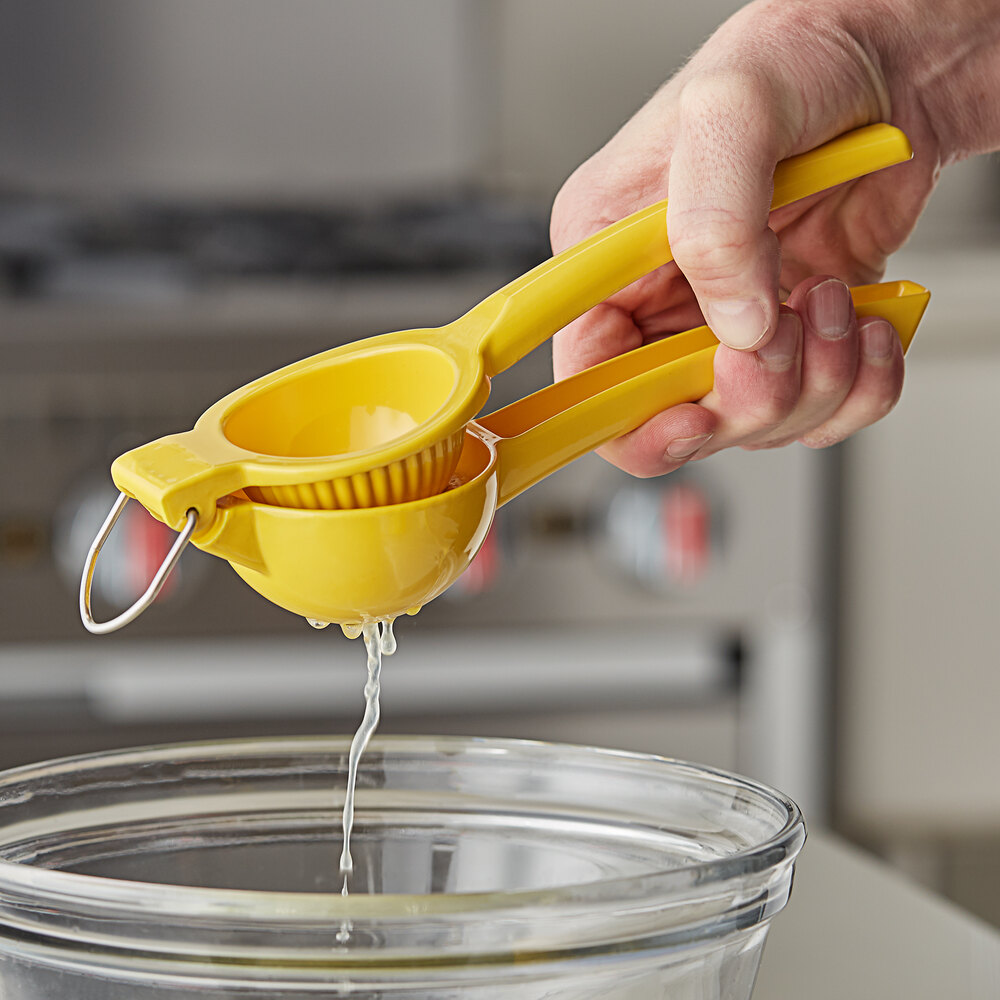

And of course, favoured plastic-free, recyclable packaging. We also looked for transparency around where the juicer was made.

For example, there is a Lemon Squeezer in Mohonk Preserve on the Labyrinth hike (no association to the AT). Sustainability: Juicers come with lots of component parts, so extra points were given to models/brands who offer spare parts. There’s actually several hikes called Lemon Squeezer and some are on and off the Appalachian Trail.Ease of storage: Although all juicers tend to be big due to the nature of the work they do, we looked for compact appliances that could be stored in a kitchen cupboard.Ease of cleaning: We looked for machines with removable components that could be washed in a dishwasher or by hand.We looked for smooth, clear and vibrant juice. The juice produced needed to be a strong, deep and rich colour to indicate that a high level of vitamins and minerals had been extracted.

THE SQUEEZER MANUALS
Ease of use: Although assembling the machines can be quite time-consuming, we noted how easy the instruction manuals were to use and the simplicity of each machine’s functionality once put together. Reading Rokudenashi ZARK the SQUEEZER 2 Another Ver.We also tested the juicers against the following criteria:


 0 kommentar(er)
0 kommentar(er)
